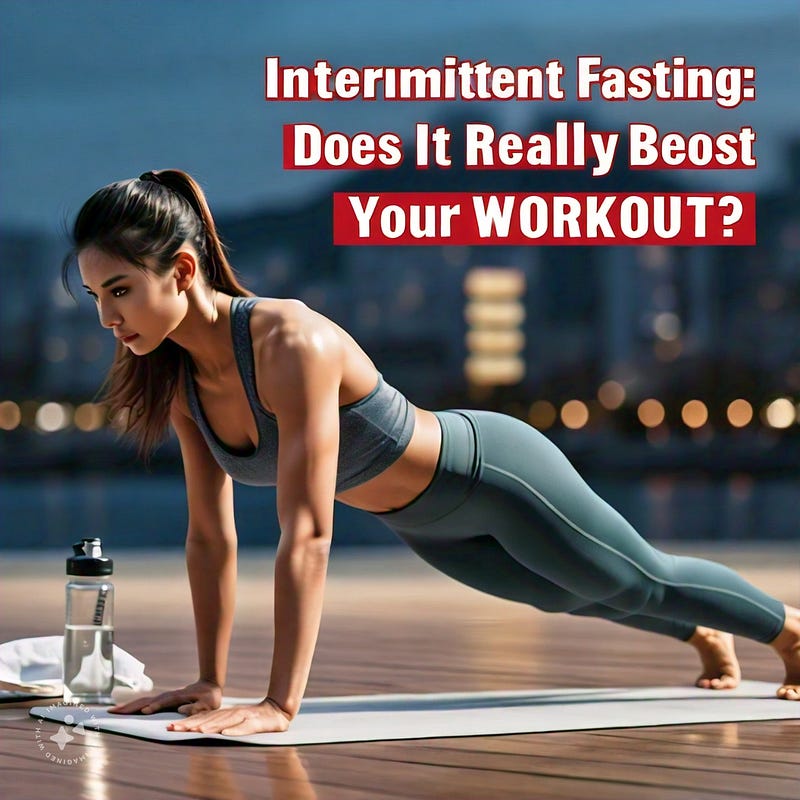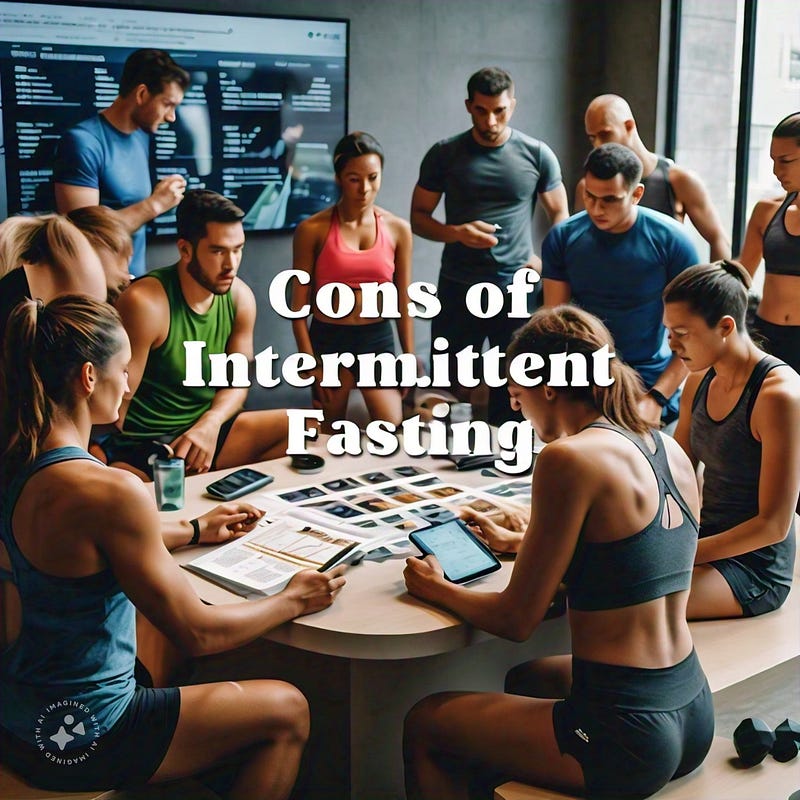Intermittent Fasting: Does It Really Boost Your Workout? ⏲️🥗

In the ever-evolving world of fitness and nutrition, intermittent fasting (IF) has emerged as one of the most talked-about trends. Promising everything from fat loss to improved mental clarity, IF has garnered a substantial following. But how does it intersect with workout routines? Can intermittent fasting truly boost your fitness regimen, or are there hidden drawbacks? Let’s dive into the science, benefits, and potential pitfalls of intermittent fasting for fitness enthusiasts.
The Basics of Intermittent Fasting
Intermittent fasting isn’t a diet but rather an eating pattern. It involves alternating periods of eating and fasting. There are several popular methods:
- 16/8 Method: Eat during an 8-hour window and fast for the remaining 16 hours.
- 5:2 Diet: Eat normally for five days and restrict calorie intake to about 500–600 calories on two non-consecutive days.
- Eat-Stop-Eat: Involves fasting for 24 hours once or twice a week.
The underlying principle is to allow the body to deplete its glycogen stores and shift to burning fat for energy. But how does this impact workouts? Can it enhance performance and results?
Pros of Intermittent Fasting for Fitness Enthusiasts

1. Enhanced Fat Burning
During fasting periods, insulin levels drop significantly, signaling the body to start burning stored fat for energy. This can be particularly beneficial for those looking to shed excess body fat. By timing your workouts during the fasted state, you may potentially tap into fat reserves more efficiently.
Research Insight: Studies suggest that fasting can increase the body’s reliance on fat as an energy source, which might enhance fat loss while preserving lean muscle mass.
2. Improved Hormonal Balance
Fasting can trigger favorable changes in various hormones that regulate metabolism and muscle growth. For instance, growth hormone levels can skyrocket, aiding in fat loss and muscle gain. Moreover, insulin sensitivity improves, facilitating better nutrient absorption when you break your fast.
Did You Know? Growth hormone levels can increase up to five times during fasting periods, which might promote muscle repair and growth.
3. Increased Mental Clarity and Focus
Many fitness enthusiasts report heightened mental clarity and focus while fasting. This can translate into more intense and effective workout sessions. The absence of food digestion demands allows the body to allocate more energy to physical performance and cognitive functions.
Pro Tip: Use this period of increased focus to tackle challenging workouts or learn new exercise techniques.
4. Simplified Meal Planning
Intermittent fasting can simplify your daily routine by reducing the number of meals you need to prepare. This can lead to a more streamlined lifestyle, allowing you to focus more on your workouts and less on meal prep.
Discover the Nature’s Secret to Accelerating Weight Loss — Click Here to Learn More
Cons of Intermittent Fasting for Fitness Enthusiasts

1. Reduced Performance in High-Intensity Workouts
While fasted cardio might enhance fat burning, high-intensity workouts, such as weightlifting or sprinting, typically rely on glycogen stores for energy. Exercising in a fasted state might lead to quicker fatigue and reduced performance in these types of activities.
Caution: If you notice a decline in your workout performance, consider adjusting your fasting schedule or incorporating a small pre-workout snack.
2. Potential Muscle Loss
Extended periods without food might increase the risk of muscle catabolism, where the body breaks down muscle tissue for energy. This is particularly concerning for those aiming to build or maintain muscle mass.
Balancing Act: Ensure you consume adequate protein during eating windows to support muscle maintenance and repair.
3. Nutrient Deficiency Risks
Fasting can sometimes lead to inadequate nutrient intake if meals during eating periods are not well-balanced. Essential vitamins and minerals might be overlooked, impacting overall health and workout recovery.
Solution: Plan nutrient-dense meals that cover all your dietary needs, focusing on whole foods rich in vitamins, minerals, and macronutrients.
4. Adherence and Social Challenges
Intermittent fasting can be socially isolating and challenging to maintain long-term. Social gatherings often revolve around food, and rigid fasting schedules might lead to missed social opportunities or feelings of restriction.
Flexibility is Key: Opt for a fasting method that aligns with your lifestyle and allows occasional flexibility.
Click Here to Claim Your Free Bonus of Refreshing Tea Remedies
Maximizing the Benefits of Intermittent Fasting for Workouts

1. Timing Your Workouts
For optimal results, align your workout schedule with your fasting and eating windows. Fasted workouts are ideal for steady-state cardio, while strength training might be more effective post-meal when glycogen stores are replenished.
2. Hydration and Electrolyte Balance
Staying hydrated is crucial during fasting periods. Water, herbal teas, and black coffee can keep you hydrated without breaking the fast. Additionally, maintain electrolyte balance by incorporating sodium, potassium, and magnesium through food or supplements.
3. Nutrient-Dense Meals
Focus on nutrient-dense meals during your eating windows. Include lean proteins, healthy fats, and a variety of fruits and vegetables to ensure a balanced intake of essential nutrients. This supports overall health and workout recovery.
4. Listen to Your Body
Pay attention to how your body responds to fasting and exercise. Everyone’s response to intermittent fasting is unique. Adjust your approach based on your energy levels, workout performance, and overall well-being.
Conclusion: A Balanced Approach
Intermittent fasting can be a powerful tool for fitness enthusiasts, offering benefits such as enhanced fat burning, improved hormonal balance, and increased mental clarity. However, it’s not a one-size-fits-all solution. The effectiveness of intermittent fasting depends on individual goals, workout intensity, and overall lifestyle.
For those looking to integrate intermittent fasting into their fitness routine, start with a method that aligns with your schedule and gradually adjust based on your body’s response. Ensure you consume balanced, nutrient-dense meals during eating windows to support overall health and workout recovery.
Remember, the key to success with intermittent fasting and fitness is finding a balance that works for you. Experiment, listen to your body, and don’t hesitate to tweak your approach to maximize the benefits. Stay informed, stay flexible, and
Comments
Post a Comment